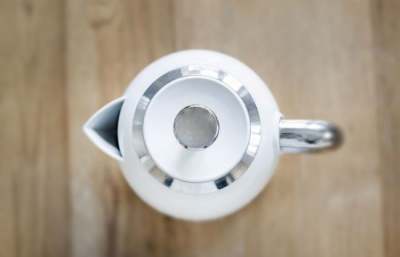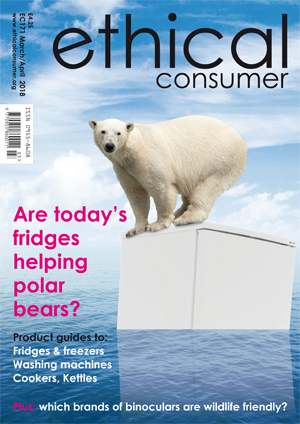You'll notice that the score table in this guide is no longer displaying. This is because the guide is over 5 years old and the scores were out of date. We have a programme of reviewing guides to schedule updates and this one is under consideration.
This guide covers electric kettles and stove top or hob kettles. Many of the companies covered also make other small kitchen appliances like coffee machines.
Are there any eco friendly kettles?
Hob kettle manufacturers tend to be higher scoring because they are made by smaller companies specialising in kitchenware rather than wider-ranging companies. For electric kettles, nearly half of the companies receive a similar middle to low rating.




